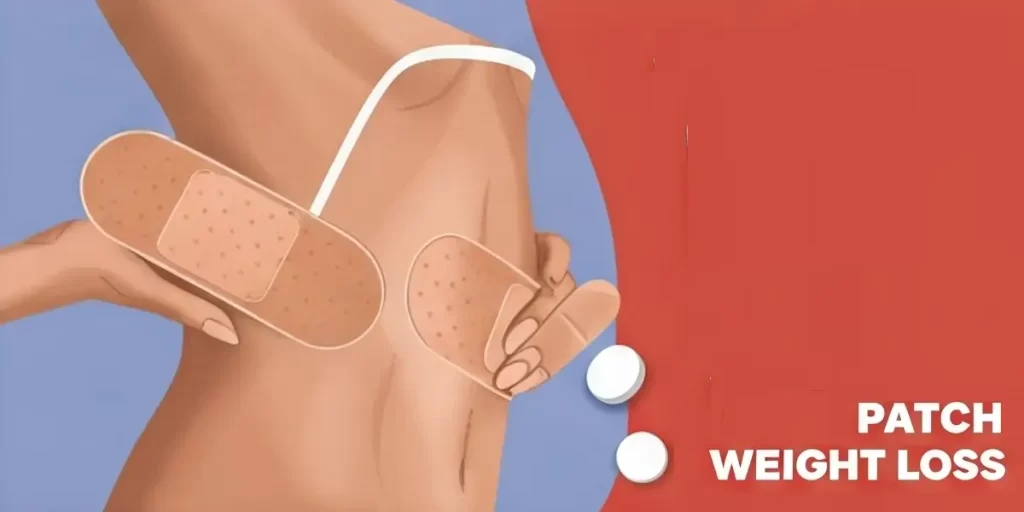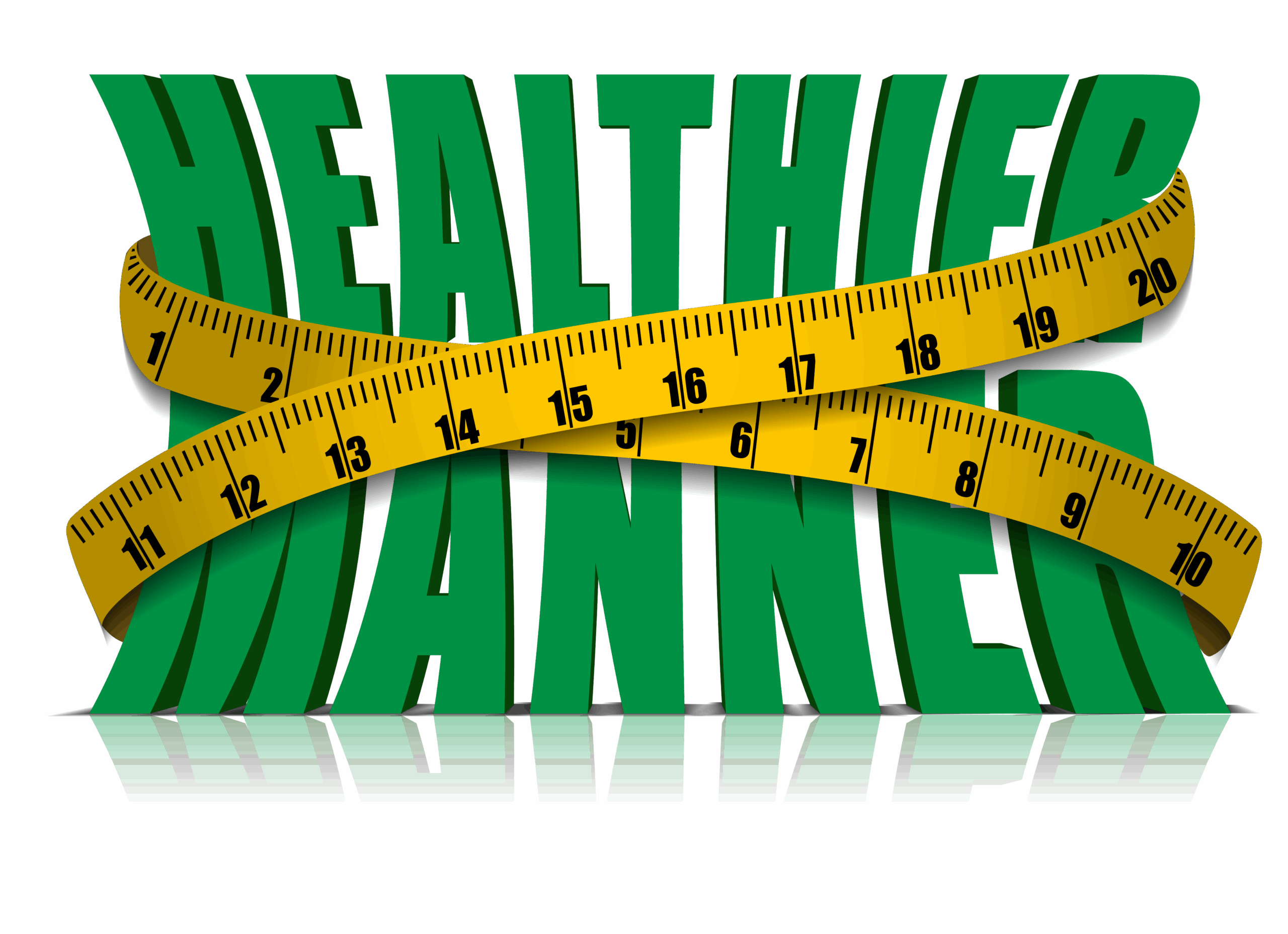Weight Loss Patch – All You Need to Know About This Slimming Trend
If you’re exploring easier and non-invasive methods for losing weight, you might have come across something called a weight loss patch. These are small adhesive supplements for skin that are actually gaining popularity as a convenient, mess-free alternative to pills and shakes. But how effective are they? Are they safe? And should you consider using one?
In this article, we’ll dive deep into what a weight loss patch is, how it works, the types available, their pros and cons, and what you need to know before using one.
What is a Weight Loss Patch?
A weight loss patch is a transdermal patch that you apply directly to your skin. It’s designed to deliver active ingredients through the skin and into your bloodstream. These ingredients are typically substances believed to aid in fat burning, metabolism boosting, or appetite suppression.
Think of it like a nicotine patch—but instead of helping you quit smoking, it’s designed to help you slim down.
For example, the highly popular Lipovite Patch for losing weight from Healthier Manner is a reliable and effective weight loss solution in the form of a Patch. It contains additional B vitamins and amino acids to increase it’s support for fat burning, muscle retention, and energy production.

How Do Weight Loss Patches Work?
Weight loss patches use transdermal delivery technology. Once the patch is applied to your skin—usually on areas like the arm, thigh, or abdomen—the ingredients are slowly absorbed through the skin into your bloodstream.
The goal is to bypass the digestive system, allowing for more direct absorption of active compounds. This may also reduce side effects associated with other supplements however natural OTC weight loss supplements may have little to no side effects.
Common Ingredients in Weight Loss Patches
Here are some typical ingredients you might find in a weight loss patch:
- Green Tea Extract: Boosts metabolism and burns fat
- Garcinia Cambogia: Suppresses appetite and prevents fat storage
- Fucus Vesiculosus (Seaweed Extract): Stimulates thyroid function for metabolism
- Guarana: Contains caffeine for energy and fat burning
- 5-HTP (5-Hydroxytryptophan): Helps to improve your mood and reduce emotional eating
- Capsaicin: Extracted from chili peppers to increase thermogenesis
- Caffeine: It stimulate the central nervous system, increase metabolism, and promote fat burning
- B Vitamins: B-complex vitamins (like B1, B2, B3, B5, B6, B7, B9, and B12) help convert the food you eat into energy
- Amino Acids: Amino acids are the building blocks of protein
These ingredients vary from patch to patch, so it’s important to read the label and research each component.
Refer to article: The Best Weight Loss Patches in 2025 to learn more about patches for losing weight, available over the counter.
Types of Weight Loss Patch
Weight loss patches come in various forms and formulations. Here are the main types:
1. Thermogenic Patches
These patches contain ingredients like capsaicin or caffeine that heat up the body to boost calorie burn.
2. Appetite Suppressant Patches
They usually include 5-HTP or Garcinia Cambogia to help reduce cravings.
3. Metabolism Boosting Patches
With ingredients like green tea extract and seaweed, these aim to elevate your resting metabolic rate.
4. Combination Patches
Some patches combine several benefits—suppressing your appetite, boosting metabolism, and increasing fat burn—all in one.
Benefits of Weight Loss Patches
1. Convenience
Your don’t have to consume anything. No pills, powders, or drinks. Just peel and stick the patch on your skin.
2. 24-Hour Action
Most patches are designed for slow, sustained release over several hours. So keep your patch at least for 24 hours
3. Bypasses Digestion
This method may help you to avoid stomach issues and improve ingredient absorption.
4. Non-Invasive
With a non-invasive methord it involves no needles or surgical procedures. Therefore you don’t have to go throught painful injections
Do Weight Loss Patches Actually Work?
The truth is—it depends.
Currently, there is no conclusive scientific evidence supporting the effectiveness of weight loss patches.
Some users report noticeable improvements in energy, appetite control, or even a slight reduction in weight. However, many weight loss patches have not been extensively studied in clinical trials, and the results can vary significantly.
Therefore if you are genuinely committed to achieving long-term results, invest your time and effort into meaningful lifestyle changes.
Important: Weight loss patches should not be considered a magic fix. For sustainable results, they should be paired with a healthy diet and regular exercise.
What the Science Says
Currently, there’s limited scientific data on the long-term effectiveness of weight loss patches. Most evidence supporting their ingredients comes from studies on oral supplements, not transdermal applications.
Possible Side Effects
Even though patches bypass the stomach, they can still cause side effects. Here are some you should be aware of:
- Skin irritation (redness, itching)
- Increased heart rate (due to stimulants like caffeine)
- Digestive issues if ingredients are absorbed and affect metabolism
- Allergic reactions
Always do a patch test before full application and consult your doctor if you’re unsure.
Who Should Avoid Weight Loss Patches?
You should avoid using weight loss patches if:
- You are pregnant or breastfeeding
- You have skin conditions like eczema or psoriasis
- You are allergic to any ingredients in the patch
- You are on medications that may interact with stimulants
Tips for Using a Weight Loss Patch Safely
If you decide to try a patch, follow these best practices:
Choose High-Quality Brands
Look for reputable brands with transparent ingredient lists and positive reviews.
Apply to Clean, Dry Skin
Avoid applying lotion or oil before using the patch.
Rotate Application Areas
To avoid skin irritation, rotate where you place the patch every day.
Don’t Overuse
Stick to the recommended dosage. More patches don’t mean more results.
Watch for Side Effects
If you experience any adverse reactions, discontinue use immediately.
Are Weight Loss Patches FDA Approved?
Most weight loss patches are classified as dietary supplements, which means they are not regulated by the FDA in the same way as medications. Be cautious of exaggerated claims and check for third-party lab testing or certifications.
Best Practices for Maximizing Results
To get the best out of your weight loss patch:
Eat Clean
Focus on whole foods—fruits, vegetables, lean protein, and complex carbs.
Move More
Regular exercise enhances fat burning and supports long-term weight control.
Stay Hydrated
Water boosts metabolism and helps flush toxins from your body.
Manage Stress
High stress levels can increase cortisol, leading to weight gain.
Final Verdict: Are Weight Loss Patches Worth It?
Weight loss patches can be a helpful tool in your weight loss journey—especially if you struggle with taking pills or want a discreet method of supplementation. However, their effectiveness is still up for debate, and results vary from person to person.
Bottom Line: Use them as a supplement to your healthy lifestyle—not a substitute for it.
If you’re curious, try a well-reviewed product and track your results over a few weeks. And most importantly, consult your healthcare provider before starting any new weight loss regimen.
FAQs About Weight Loss Patches
Can I use a weight loss patch every day?
Yes, most patches are designed for daily use. Follow the manufacturer’s instructions.
Do I need to exercise while using the patch?
Yes. For best results, use it alongside a healthy diet and exercise plan.
Where should I apply the patch?
Common areas include the upper arm, lower back, abdomen, or thigh—wherever there’s less friction.
How long does it take to see results?
Some users notice changes in appetite or energy within days, but visible weight loss may take a few weeks.
Try Weight Loss Patches Wisely
While they’re not a miracle solution, weight loss patches can support your weight management goals. Be smart, read labels, watch your body’s response, and pair them with a holistic healthy lifestyle.
Want more wellness tips like this? Bookmark HealthierManner.com and stay informed!
